This page provides public domain images and sanctuary maps for free download and use by the media. Maps should be credited to "NOAA". The credit for each photo is provided below.
Download | Logos Download | No Logos
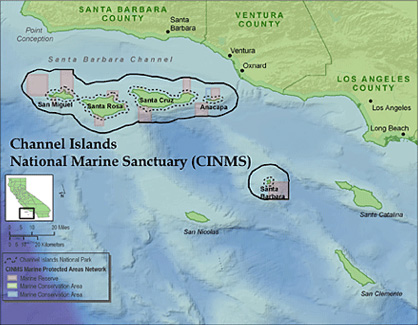
Small
Source: NOAA
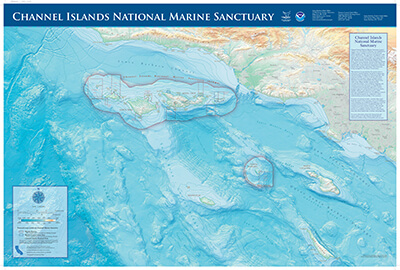
Medium
Source: NOAA
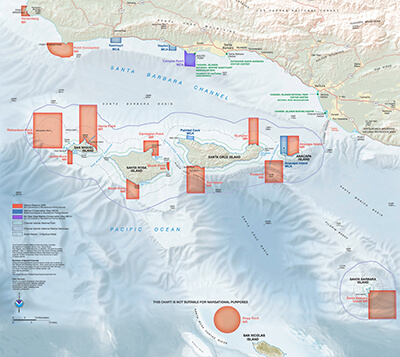
Large
Source: NOAA
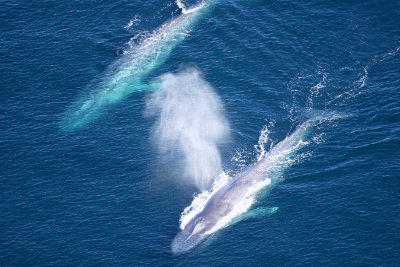
Blue whales are the largest animals ever to live on our planet, yet eat tiny prey called krill. They visit Channel Islands National Marine Sanctuary to feed in the cool, nutrient rich waters.
Photo: NOAA.
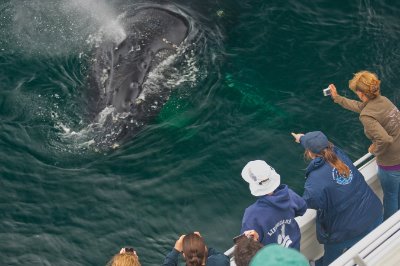
Passengers and a member of the Channel Islands Naturalist Corps volunteer program, getting an up close look of a humpback whale.
Photo: Robert Perry.
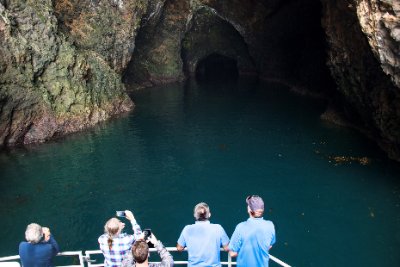
Painted Cave on Santa Cruz Island is one of the largest sea caves in the world. It is 1,227 feet in length and has an entrance over 130 feet high.
Photo: Robert Schwemmer/NOAA.
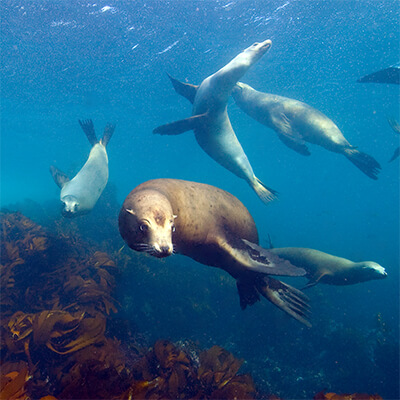
Sea lions frolic at Gull Island Marine Reserve within Channel Islands National Marine Sanctuary.
Photo: Robert Schwemmer/NOAA.
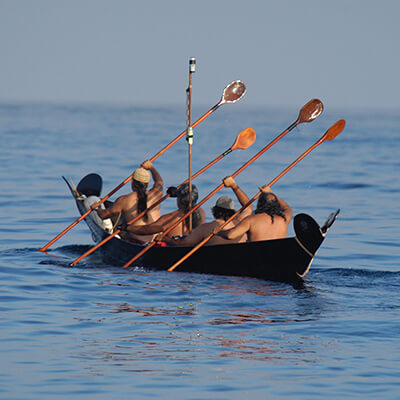
A group of paddlers cross the Santa Barbara Channel to Channel Islands National Marine Sanctuary in a traditional Chumash wooden canoe known as a Tomol.
Photo: Robert Schwemmer/NOAA.
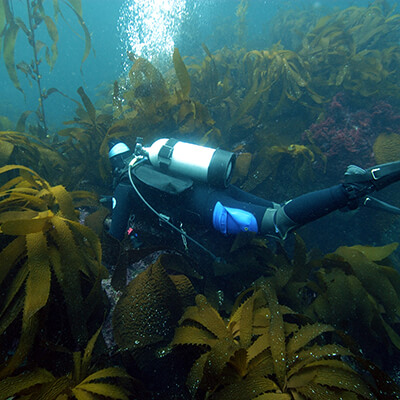
A diver conducts an underwater survey in a kelp forest within Channel Islands National Marine Sanctuary. These surveys provide vital data to help inform management decisions
Photo: Robert Schwemmer/NOAA.
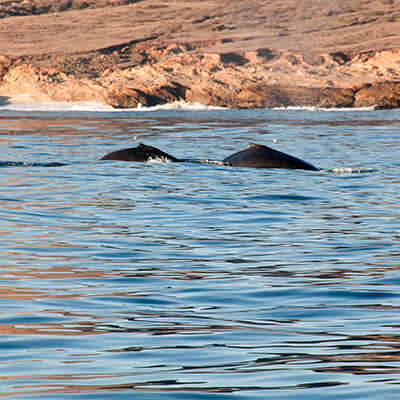
Humpback whales take advantage of the productive and protected waters around San Miguel Island in Channel Islands National Marine Sanctuary.
Photo: Robert Schwemmer/NOAA
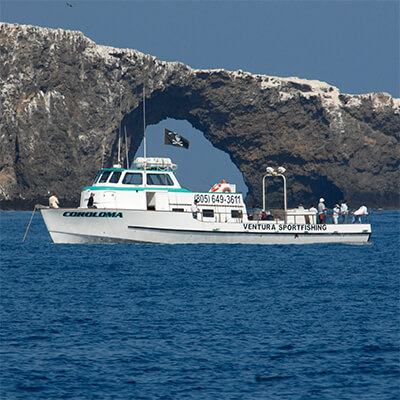
Whether visiting by chartered vessel or a private boat, recreational fishing trips are popular within Channel Islands National Marine Sanctuary.
Photo: Robert Schwemmer/NOAA
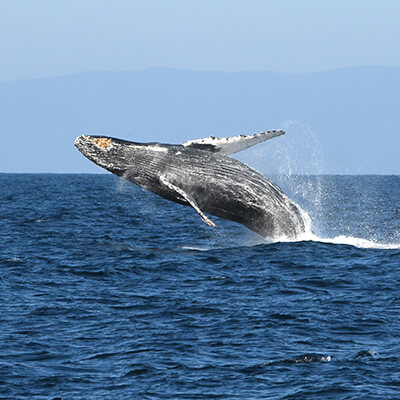
Humpback whales can be seen migrating through Channel Islands National Marine Sanctuary's productive waters.
Photo: Robert Schwemmer/NOAA
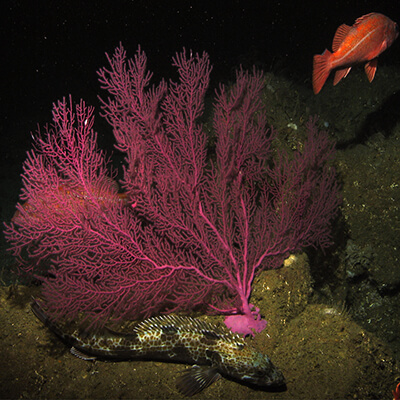
Deep sea coral gardens are one of the lesser known but incredibly important marine life communities found within Channel Islands National Marine Sanctuary.
Photo: Marine Applied Research and Exploration (MARE)
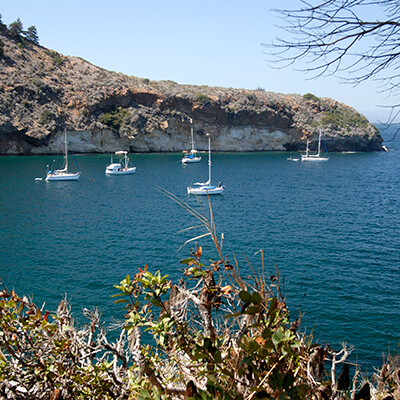
Every year hundreds of recreational boaters are drawn to the protected coves of Channel Islands National Marine Sanctuary and Channel Islands National Park.
Photo: Robert Shwemmer/NOAA
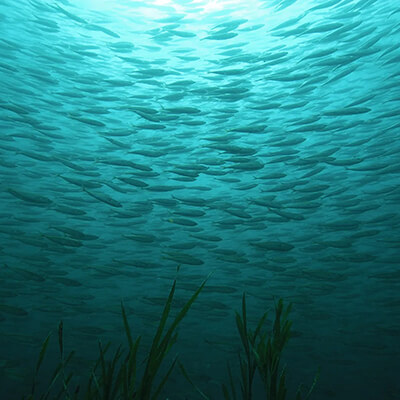
Found in select sandy shallows around Channel Islands National Marine Sanctuary, eelgrass beds provide critical nursery habitat for many ecologically and economically important fishes and invertebrates.
Photo: Robert Shwemmer/NOAA
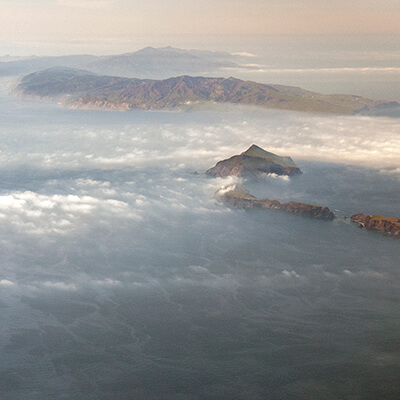
Seen from above, the northern Channel Islands, protected and managed by Channel Islands National Marine Sanctuary and Channel Islands National Park, provide a refuge for native flora and fauna, including several endemic species.
Photo: Robert Shwemmer/NOAA
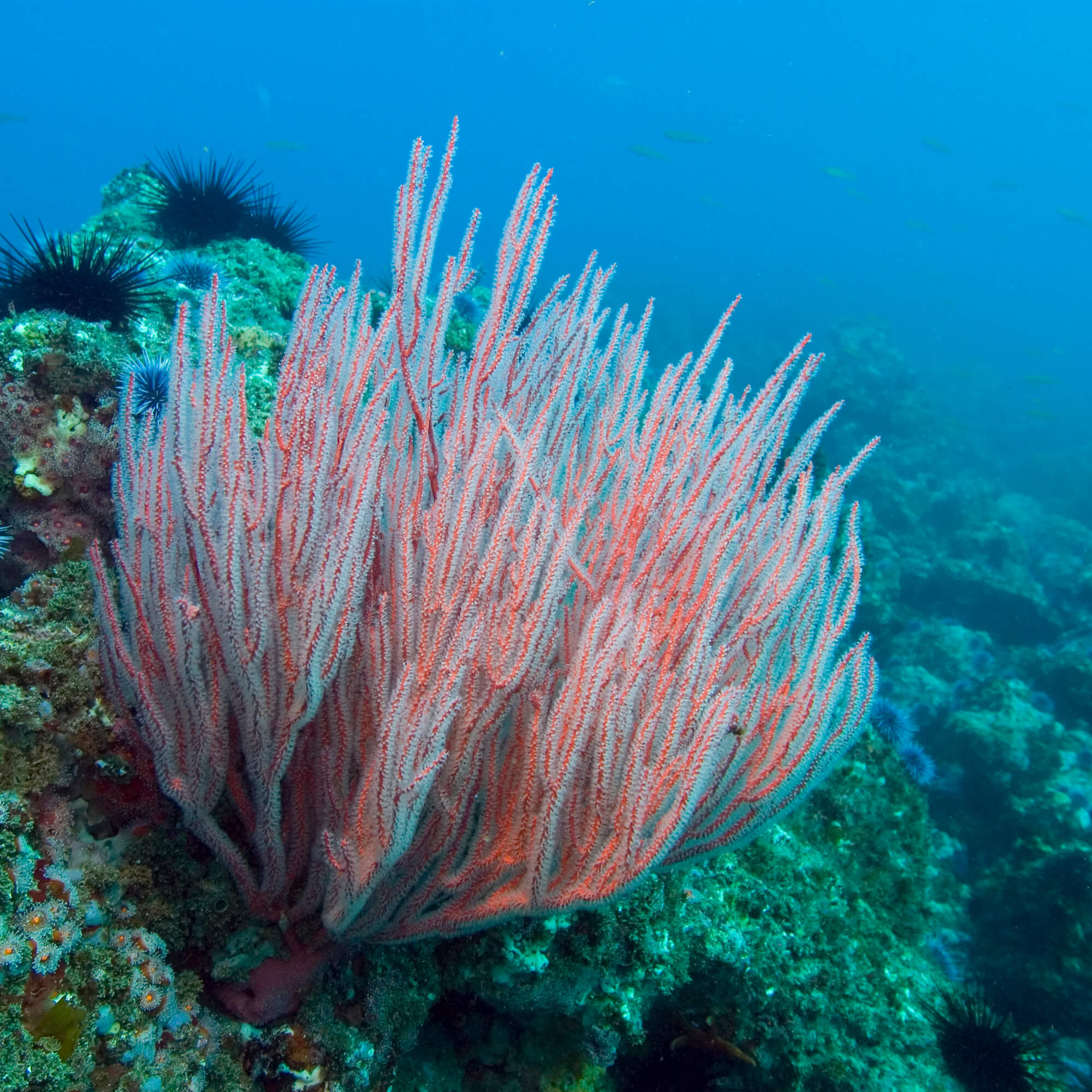
Related to corals and jellyfish, a gorgonian persists in pristine waters near Anacapa Island in Channel Islands National Marine Sanctuary.
Photo: Robert Shwemmer/NOAA
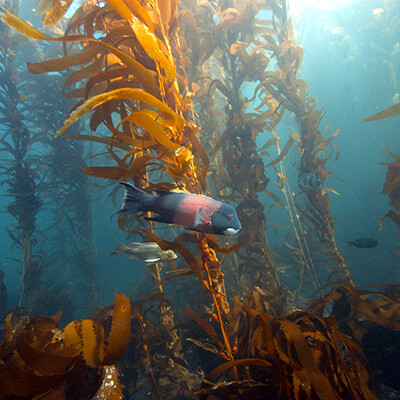
Lush kelp forests support high biodiversity within Channel Islands National Marine Sanctuary and Channel Islands National Park.
Photo: Robert Shwemmer/NOAA
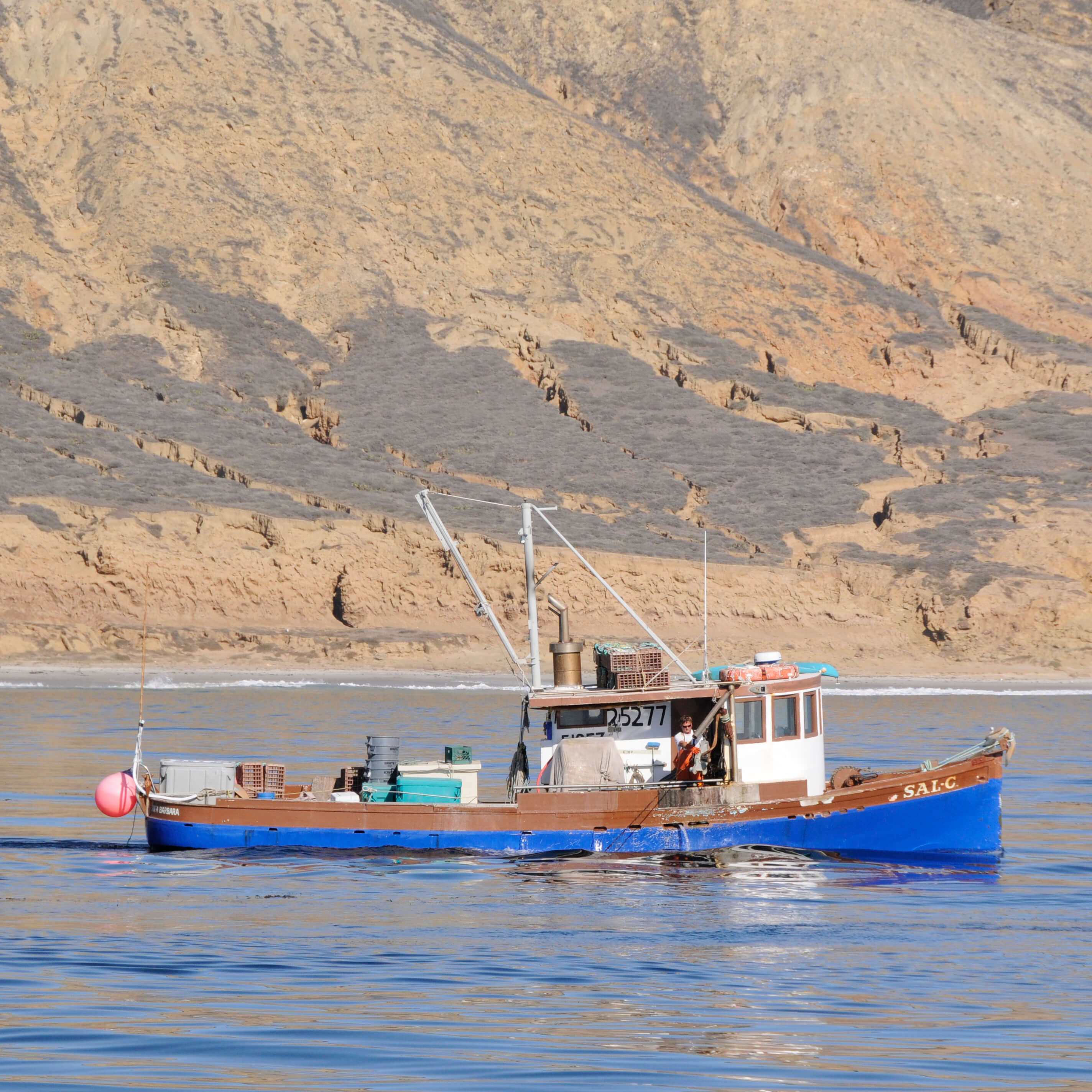
Channel Islands National Marine Sanctuary is home to very productive and valuable commercial fishing grounds. Urchin and lobster fisheries are a major component of California's coastal economy.
Photo: Robert Shwemmer/NOAA
For additional photos and videos visit our multimedia page.